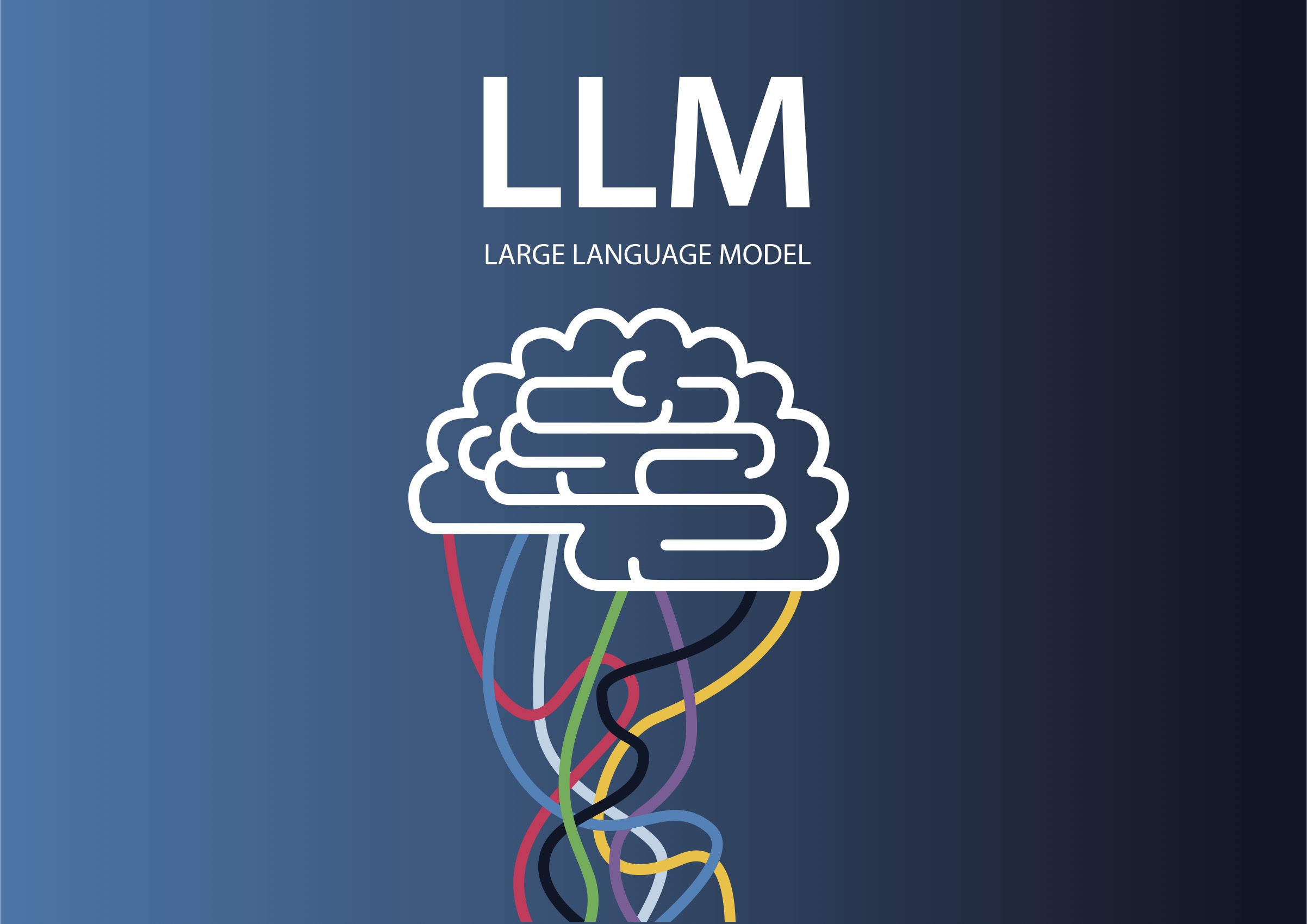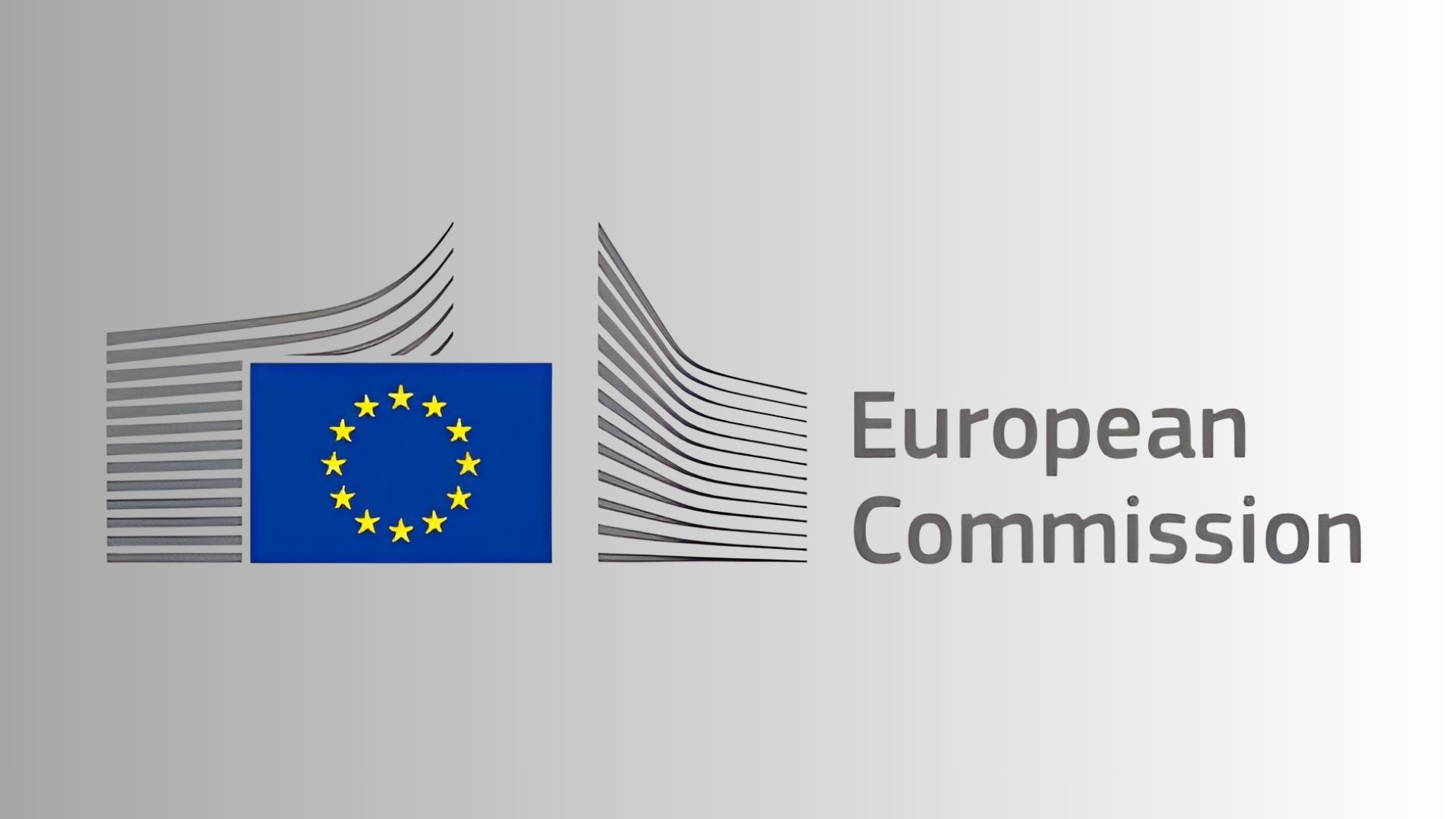California has entered a new era of privacy and AI enforcement after the state’s privacy regulator fined Tractor Supply USD1.35 million for failing to honour opt-outs and ignoring Global Privacy Control signals. The case marks the largest penalty yet from the California Privacy Protection Agency.
In California, there is a widening focus on how companies manage consumer data, verification processes and third-party vendors. Regulators are now demanding that privacy signals be enforced at the technology layer, not just displayed through website banners or webforms.
Retailers must now show active, auditable compliance, with clear privacy notices, automated data controls and stronger vendor agreements. Regulators have also warned that businesses will be held responsible for partner failures and poor oversight of cookies and tracking tools.
At the same time, California’s new AI law, SB 53, extends governance obligations to frontier AI developers, requiring transparency around safety benchmarks and misuse prevention. The measure connects AI accountability to broader data governance, reinforcing that privacy and AI oversight are now inseparable.
Executives across retail and technology are being urged to embed compliance and governance into daily operations. California’s regulators are shifting from punishing visible lapses to demanding continuous, verifiable proof of compliance across both data and AI systems.
Would you like to learn more about AI, tech and digital diplomacy? If so, ask our Diplo chatbot!










